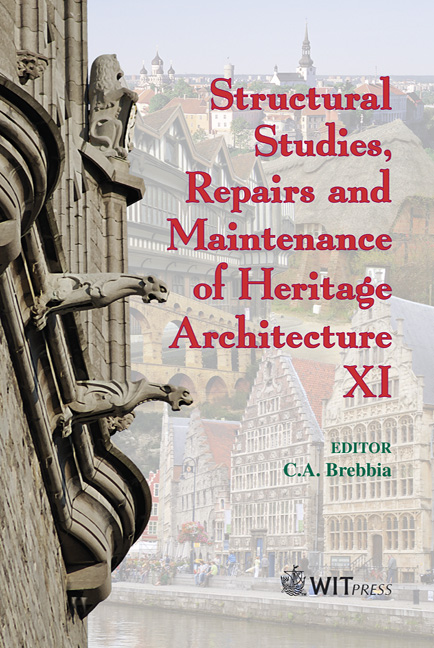Morphology Of A Canopy As A Preservation Structure
Price
Free (open access)
Transaction
Volume
109
Pages
8
Page Range
315 - 322
Published
2009
Size
1,538 kb
Paper DOI
10.2495/STR090281
Copyright
WIT Press
Author(s)
I. Markov & P. Bhiwapurkar
Abstract
New technologies have enriched the exploration of architectural designs and ideas. New tools, such as parametric modelling, have enabled architects to investigate designs of \“free forms” and shapes of unseen complexity in the past. Rapid prototype models provided new means to examine tectonics and spatial qualities. Yet these \“free-morphologies” must recognize constrains of performance needs. This investigation explores a morphology with respect to structural and lighting performance. Structural performances are assessed by finite element analyses by generating stress distributions under typical loads and specific boundary conditions. The evaluation of lighting performance is assessed by evaluating the illumination level on a specified surface area. In the past, build examples show separation of the language of envelope and the language of supporting structure. Here an attempt is made to bring the harmony and blend the two different articulations. The concept is tested in architectural curricula on a real case design scenario of a preservation canopy for Yungang Grottoes in Datong, Shanxi Province, China that has recently been declared a UNESCO world heritage site. Keywords: structure, morphology, free-form, performance, stress, lighting, illumination, daylight, Yungang Grottoes, UNESCO.
Keywords
structure, morphology, free-form, performance, stress, lighting, illumination, daylight, Yungang Grottoes, UNESCO




